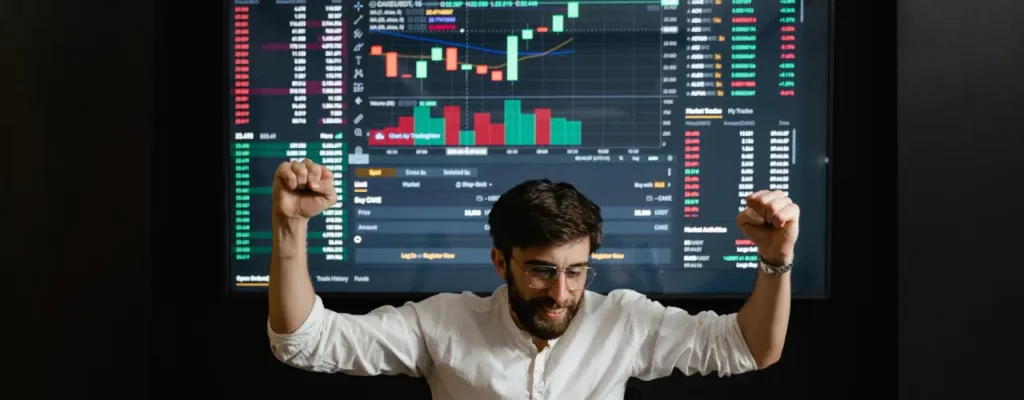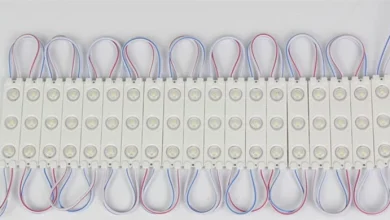When it comes to prop trading, choosing the right market can make or break your trading career. And if you’re putting your skills on the line with someone else’s capital then you want to be playing in the field that gives you the best shot at success. For many traders, the debate boils down to two giants: futures vs. forex. Both provide unique benefits and challenges but which one truly holds better opportunities for prop traders?
Let’s see in detail.
What Are We Dealing With?
Forex which is short for foreign exchange is all about trading currency pairs. You’re basically betting on one currency strengthening against another—think EUR/USD, GBP/JPY, etc. The forex market is decentralized, running 24 hours a day, five days a week, and it’s the most liquid market in the world.
Futures, on the other hand, are standardized contracts to buy or sell an asset at a predetermined price at a specific time in the future. You can trade futures on currencies, commodities, indices, and more. These are traded on centralized exchanges like the CME (Chicago Mercantile Exchange), which adds a layer of transparency.
Liquidity and Volume: Who Wins the Flow Game?
Forex is more beneficial if we talk about raw liquidity. We’re talking about a daily trading volume north of $7 trillion. That means tight spreads and fast execution are the two things prop traders love, especially when trading big size or scalping for quick pips.
But don’t count out futures just yet.
While futures don’t hit the same volume numbers as forex, they’re no slouch. Markets like the E-mini S&P 500 futures, crude oil, or 10-year Treasury notes are incredibly liquid, especially during the U.S. trading session. And due to centralized exchanges, order flow and volume data are more transparent in futures—a massive advantage if you’re using volume-based strategies.
Bottom line:
- Forex = better 24-hour liquidity
- Futures = solid liquidity with cleaner, centralized volume data
Leverage: The Double-Edged Sword
Prop firms often give traders access to more leverage than the average retail trader but the amount can still vary between forex and futures.
In forex, leverage is famously high. It’s not unusual for prop firms to provide 50:1, 100:1, or even more. That’s both exciting and dangerous. Yes, you can make a lot quickly but one slip-up and your account can get wrecked just as fast.
With futures, leverage is baked into the contract sizes. For instance, the E-mini S&P 500 has a tick value of $12.50 and a single contract can represent a large amount of capital. The margin requirements are usually lower than the notional value, giving you significant leverage but it’s generally a bit more conservative than what you’ll see in forex.
Which is better? That depends on your risk appetite and trading style. Forex leverage can be a good fit for you if you’re a disciplined person who does well in stressful situations. However, futures can be a safer option if you want a little more structure and don’t want to be tempted into taking on too much debt.
Market Structure and Transparency
One of the biggest gripes traders have with forex is its lack of centralized data. Since it’s an over-the-counter (OTC) market, you’re relying on your broker’s price feed. This can lead to inconsistent spreads, potential slippage, and the occasional wait, what just happened? moment during volatile news events.
In futures, everything’s traded through an exchange. That means better price transparency, consistent data, and access to tools like Level II market depth and real-time volume. Prop traders using volume profile or order flow strategies generally find futures way more appealing.
Also, in futures, you know who’s on the other side of the trade. In forex? Not so much.
Trading Hours and Lifestyle Flexibility
If you hate setting an alarm clock, forex might be your best friend. It’s open 24/5 which means you can trade whenever the mood strikes. Whether you prefer trading at night or day there’s a session for you—Asian, London, New York, or the crossover chaos in between.
Futures do have extended hours but they aren’t as always-on as forex. Most contracts have a primary trading session and while you can trade during the electronic (overnight) session, volume tends to dry up a bit outside of regular U.S. hours.
For prop traders juggling other gigs or wanting flexible hours, forex wins on accessibility. But if you’re locked into a prop firm’s structured schedule or prefer the predictability of peak-volume hours—futures trading fits nicely into that framework.
Costs: Spreads, Commissions, and Fees
Let’s talk about money because costs affect your profits and you’ve got to keep them tight.
Forex is famous for tight spreads, especially on major pairs. Many prop firms even provide raw spreads with a small commission per lot. That said, spreads can widen during news events or low-liquidity times, and slippage is more common than traders like to admit.
Futures typically have set commissions per contract and exchange fees, but the transparency is refreshing. You can see the tick size, tick value, and cost per trade without surprises. The catch? Those fees can add up, especially if you’re scalping.
Also, most futures brokers (and some prop firms) require platform fees or data subscriptions, which can be a turn-off for newer traders.
Winner? It’s a draw. Forex is cheaper to enter and more accessible. Futures offer more predictability and no “funny business” from your broker.




